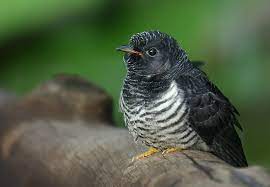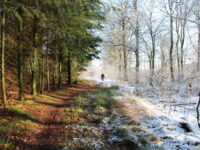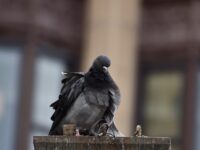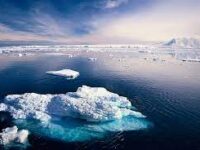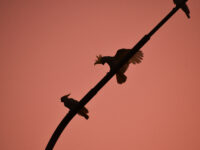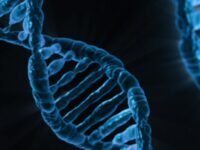Nature’s intricacies often reveal themselves in unsettling ways, and the cuckoo bird is a striking example. For hundreds of years, bird enthusiasts have been intrigued by the sight of a little reed warbler mother feeding a young cuckoo bird, a species that will grow to five times her own body mass. In fact, Aristotle recorded one of the first known observations of cuckoo birds 2,300 years ago: “The cuckoo … does not build a nest. Sometimes it lays its eggs in the nest of a smaller bird.”
The common cuckoo, also known as the European cuckoo, is famous for its parasitic behavior. After laying a solo egg in the nest of the reed warbler, the mother cuckoo abandons her offspring. The unsuspecting foster mother broods the cuckoo’s egg and soon after, the cuckoo’s offspring emerges — an intruder in an unfamiliar home. Upon hatching, the interloping cuckoo pushes any competing eggs or hatchlings from the nest to fall to their deaths. The warbler mother will raise the cuckoo chick as if it were her own, unaware of the loss of her biological offspring. The young cuckoo will never meet its real mother.
Over millions of years, the cuckoo bird has evolved several unique traits that have aided in its deceptive abilities. Around the time of egg laying, certain mother cuckoos may produce a call resembling that of a Eurasian sparrowhawk, a common predator of the reed warbler. This sound drives the warbler away from the nest, affording the cuckoo an opportunity to lay her eggs and make her escape without detection. Furthermore, some species of cuckoo have evolved to lay colored eggs that closely resemble the eggs of their hosts, making foreign eggs difficult to identify. Even the chicks have developed adaptive behaviors. After pushing the other hatchlings out of the nest, the newborn cuckoo makes begging noises many times louder than the host parents’ normal chicks, deceiving the unsuspecting mother into providing more food. The cuckoo’s ability to imitate and deceive is more commonly known as “mimicry,” a phenomenon characterized by superficial resemblance between two genetically unrelated organisms.
“While the cuckoo may come across as the antagonist in this story, they are merely adhering to a lifestyle shaped by millions of years of evolution.”
This intricate scheme known as “brood parasitism” raises intriguing questions about how the cuckoo instinctively possesses this knowledge, given that it grows up without any role models from its own species. While most animal behavior is influenced by both nurture and nature, the unique behavior of cuckoo birds comes down to genetics. William Feeney and a team of researchers at the Australian National University revealed that brood parasitism in cuckoo birds likely evolved through a combination of genetic mutations and natural selection favoring individuals that exhibited superior mimicry and deceptive behaviors. This process, commonly known as “coevolution,” occurs when two or more species reciprocally affect each other’s evolution through natural selection.
While mother cuckoos have evolved to deceive host species into brooding their offspring, many host species have developed the ability to detect foreign eggs in their nests and reject them. In response, cuckoos have developed counter-adaptations such as mimicry of host eggs. To combat difficulty in recognizing cuckoo eggs, some host species have evolved the capacity to identify cuckoo chicks once hatched. This pattern has been termed favorably by scientists as a “coevolutionary arms race.” The cuckoo-host relationship has served as a valuable case study for scientists studying coevolutionary processes.
Generations of cuckoos have learned to depend on foster mothers for childcare, as is the unfortunate but predetermined fate of the host species. While the cuckoo may come across as the antagonist in this story, they are merely adhering to a lifestyle shaped by millions of years of evolution. This reciprocal relationship between cuckoo birds and host species underscores the profound interconnectedness of the natural world.
- The History of Animals [Translation] (2020) ISBN: 979-8664001327
- Fowler's Zoo and Wild Animal Medicine (2015). DOI: 10.1016/B978-1-4557-7397-8.00022-0
- Journal of Experimental Biology (2017). DOI: 10.1242/jeb.147694
- Animal Behaviour (2012). DOI: 10.1016/j.anbehav.2012.04.011
